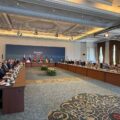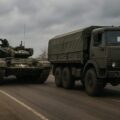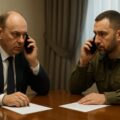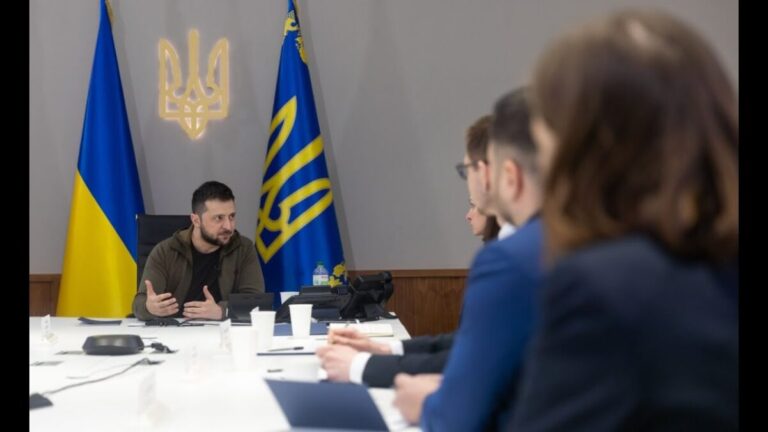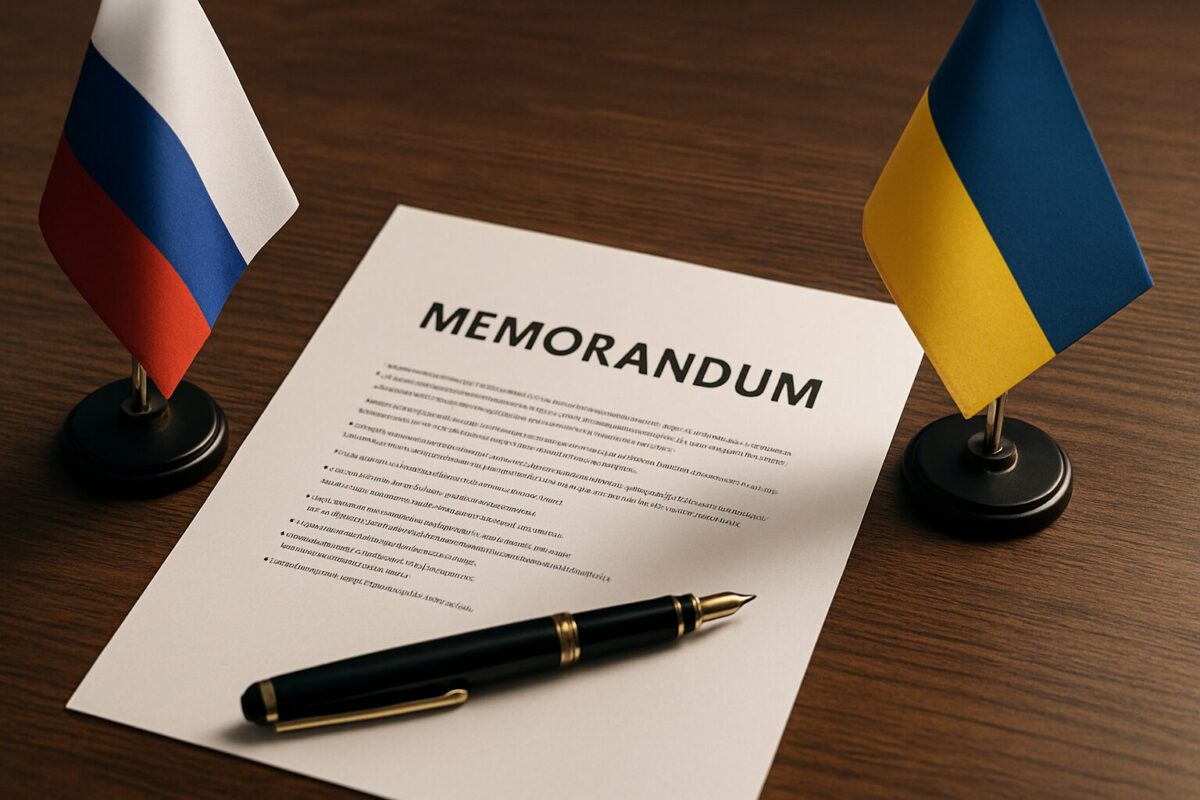
Russia’s Ceasefire Memorandum: Ultimatum or Peace Plan?
Following the second round of negotiations in Istanbul, Russia handed the Ukrainian delegation a document officially labeled a “ceasefire memorandum.” But a closer look reveals it’s not a roadmap to peace — it’s a list of ultimatums designed to lock in the consequences of war. Some points are framed as “compromises,” but the substance remains the same: recognition of occupation, demilitarization of Ukraine, and the dismantling of its independent policy.
President Volodymyr Zelenskyy dismissed the document as “an ultimatum written by people who clearly haven’t read Ukraine’s Constitution.” In this article, we unpack what Russia actually proposes, what’s changed — and why, even in a so-called softer version, this cannot be the basis for real peace.
Two Ceasefire Scenarios — Both on Russia’s Terms
Back in June 2024, the Kremlin’s primary condition for any ceasefire was simple: a full withdrawal of Ukrainian forcesfrom the four occupied regions — Donetsk, Luhansk, Kherson, and Zaporizhzhia. No withdrawal — no ceasefire.
Now, the latest memorandum introduces an “alternative”:
- Instead of withdrawal: a freeze of the front line, with no troop movements;
- Suspension of mobilization and the start of demobilization in Ukraine;
- Ban on foreign military aid to Ukraine;
- Expulsion of third-country forces (i.e., NATO);
- Lifting of martial law in Ukraine;
- Creation of a bilateral monitoring center — with Russian participation.
At first glance, this may seem like a shift toward compromise. In reality, it’s a strategic freeze — a consolidation of Russia’s current advantage. Ukraine is stripped of flexibility, Western support is blocked, the army is frozen, and Russia gets formal access to monitor Ukrainian territory.
Next Stage: “Peace” After Elections
Following the ceasefire, Russia proposes:
- Holding presidential and parliamentary elections within 100 days of ending martial law;
- Signing a “peace agreement”, which, according to the memorandum, must include the withdrawal of Ukrainian forces from the occupied territories.
So the core demand — Ukrainian withdrawal — is no longer the entry point, but the final requirement. The sequence has changed. The goal hasn’t.
What Else Is in the Memorandum — and Why It’s Unacceptable
The second section of the document repeats longstanding Russian demands:
- Demilitarization — limits on the size and composition of Ukraine’s armed forces;
- Denazification — a ban on “nationalist” political parties;
- Recognition of Russian sovereignty over Crimea, Donetsk, Luhansk, Zaporizhzhia, and Kherson;
- Official status for the Russian language in Ukraine;
- Lifting restrictions on the Moscow-affiliated Ukrainian Orthodox Church;
- Formal renunciation of NATO membership or any other defense alliances;
- Complete removal of all international sanctions against Russia.
These aren’t peace terms. They are the blueprint of a defeat — repackaged as diplomacy.
What Has Changed — and Why It Doesn’t Matter
Seemingly “new” elements — like a joint monitoring center or suspension of mobilization — don’t soften the demands. They create a sense of procedural complexity while reinforcing a single outcome: Russia’s strategic advantage.
A peace initiative that includes no meaningful concessions from the aggressor isn’t negotiation — it’s the administrative phase of an occupation.
Why Russia Now Appears “Flexible”
The shift in tone follows several significant developments: Ukrainian drone strikes on key Russian airbases, mounting aircraft losses, and weakened support from some of Moscow’s traditional partners.
The Kremlin no longer enjoys uncontested dominance — it needs a pause. A chance to regroup, rebuild resources, and formalize the current front lines.
That’s precisely what the memorandum enables:
• a ceasefire that cements the status quo;
• a freeze in foreign aid;
• no commitment to withdraw;
• no restitution for damages.
Relevant
Ukraine’s Response: A Clear “No”
President Zelenskyy stated unequivocally that Russia’s proposal:
- Violates the Ukrainian Constitution;
- Contradicts the UN Charter;
- Lacks any legal foundation for sustainable peace.
In response, Ukraine submitted its own proposal — focused on:
- Immediate prisoner exchange;
- An unconditional ceasefire, free of ultimatums;
- Humanitarian access to front-line zones.
So far, Russia has not publicly responded.
Why the U.S. Position Is Crucial
Behind the scenes, one question is gaining urgency: What will Donald Trump do?
Congress is preparing a sanctions bill that would impose 500% tariffs on Russian energy exports. But it’s still on hold — awaiting White House approval. If President Trump chooses to engage with the Russian memorandum, that would mark the first step toward partial recognition of Moscow’s terms.
If he rejects it, negotiations may return to a more grounded, balanced framework. But so far, the U.S. administration remains silent — and that silence may prove the most dangerous factor of all.
Final Thought: Peace Isn’t Just About Fewer Missiles
A frozen front line, blocked reinforcements, foreign monitoring, and political restrictions — this isn’t peace. It’s the formalization of war.
Peace is not a pause. It’s the return of control over one’s territory. The freedom to make sovereign decisions. Security — not just the absence of shelling.
In its current form, Russia’s “memorandum” is not a path to peace. It’s another front in the war — and recognizing it is the first step to resisting it.





